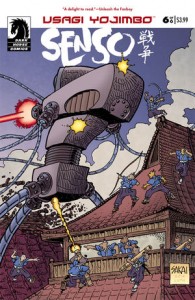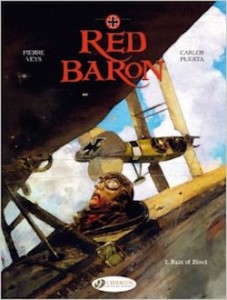The Bendigo Record, Comic and Toy Fair is fast approaching, and will host an expanded Melbourne Comics panel for the day.
Following the successful launch recently in Melbourne of their anthology Melbourne Comics Quarterly, the Melbourne Comics Community will be doing their first Regional Launch and it’s exclusive to the Bendigo Record Comic and Toy Fair. Melbourne Comics Quarterly Issue 1 second print has a new cover which will be launched at the Bendigo Record Comic and Toy Fair.
Artists confirmed so far are:
SAUCE‘s Falling Star creator – Cristian Roux
That Bulletproof Kid‘s creators – Matt Kyme
From Above comic book creator – Craig Bruyn
Killeroo creator – Darren Close
Gaining Velocity and Melbourne Comics publishers and editor Alana Bruyn and Neville Howard
www.whitecatpress.com creator Dale Maccanti.
Specialist back issue dealers will also be present, as well as vinyl and toy sellers. It all takes place on March 22nd, at the Bendigo Expo Centre, in the Prince of Wales Showgrounds, Holmes Road Bendigo, from 10am to 4pm. For more info check out the Facebook Page https://www.facebook.com/BendigoRCandTFair or email Bendigorctfair@outlook.com.




 RSS - Posts
RSS - Posts
Recent Comments